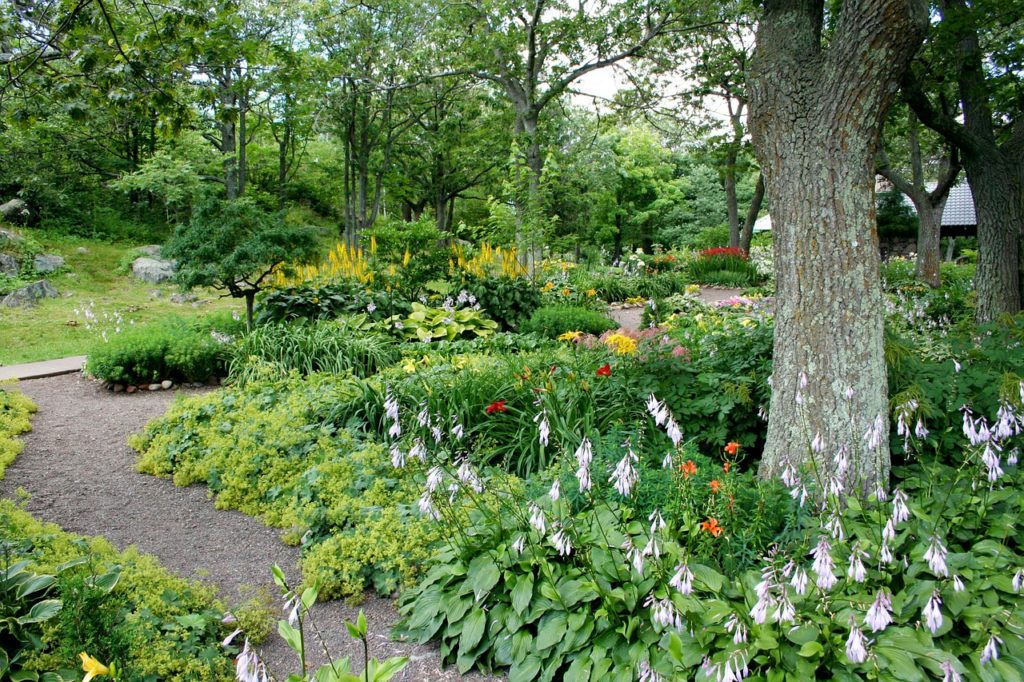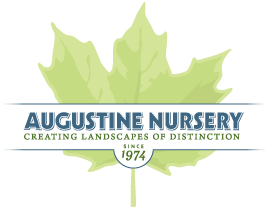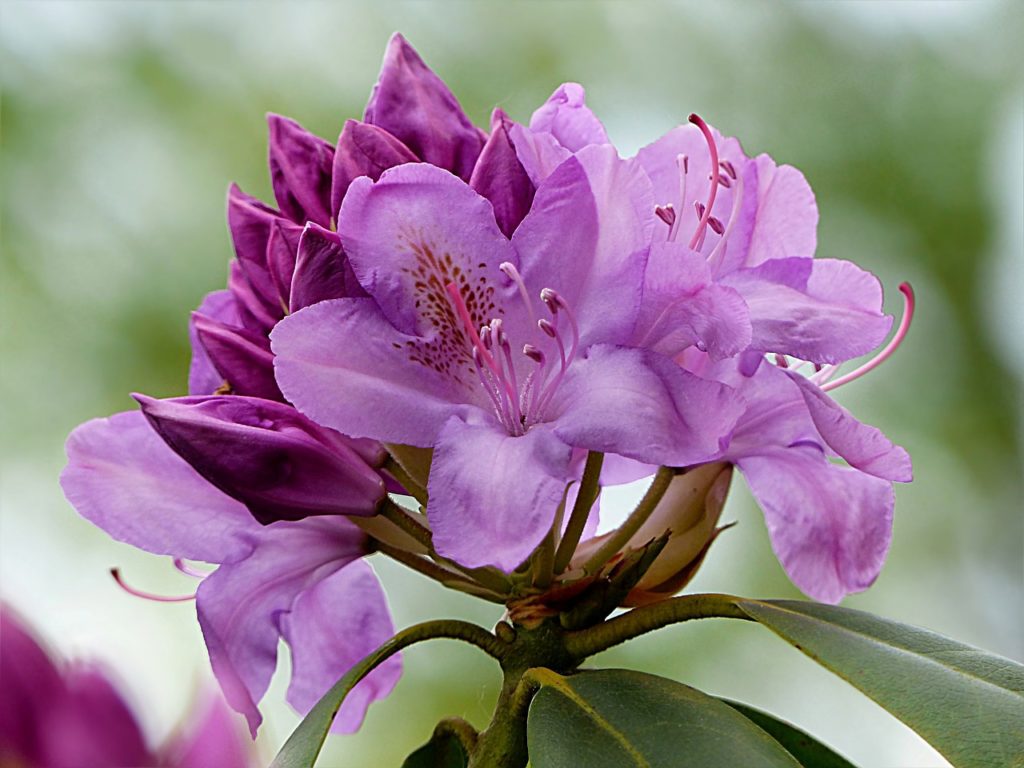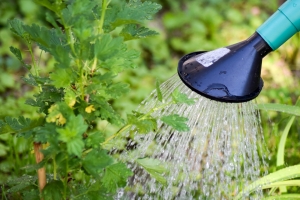Late Summer Landscaping To-Do List
For most enthusiastic homeowners, the month of August signals the downhill slide into colder seasons. While there’s still plenty of time to simply sit back and enjoy the greenery and blooms you’ve put so much hard work into, it’s not a bad time to plan your fall to-do list. After all, much of the work you put in to fall landscaping will pay off when spring comes round once more.
Here are some to-dos we recommend to protect your curb appeal:
- Prune summer flowering shrubs as their flowers fade. By doing this, you put the plant’s energy back into the leaves and roots instead of into setting seed.
- Take inventory of any perennials you want to divide. You want to get these divisions in the ground well before the ground freezes so they have time to root well.
- September is a great time to plant new shrubs and trees so they can establish roots.
- Mulching adds a layer of insulation to your soil which helps protect roots. Three to four inches is a good depth.
- Fall is the time to shop for and plant new bulbs.
- Weed and eliminate flowers on weeds you may not get around to pulling out to minimize their spread.
- Deadhead some spent flowers, but allow some to go to seed if you like to feed the birds.
- Purchase asters and mums for fall color.
- September and October are good months to fertilize and seed your lawn. A winterizing fertilizer high in potassium is better than regular food to make your grass hardier in the winter. Fall seeding has less competition with the weeds.
- If you have areas of your yard that are too shady or moist, fall is a good time to plant perennial ground covers.
While no gardener welcomes the ‘off’ season, it does allow for some chores to get done in cooler, more pleasant temperatures. And, if you’re not the do-it-yourself kind, Augustine Nursery stands ready to get those landscaping projects done for you.



 Watering the shrubs, trees, and plants in your yard is a judgement call that depends on your yard’s soil, the weather, and the drainage on your property. Getting watering right also depends on observation and experience. So when watering, it’s important to take mental notes.
Watering the shrubs, trees, and plants in your yard is a judgement call that depends on your yard’s soil, the weather, and the drainage on your property. Getting watering right also depends on observation and experience. So when watering, it’s important to take mental notes.


 #AugustineNursery
#AugustineNursery






 Stop in to check
Stop in to check

 Open 7 days a
Open 7 days a 




 $5 for
$5 for 




 Hope you’re
Hope you’re


 $5 Friday will feature a
$5 Friday will feature a